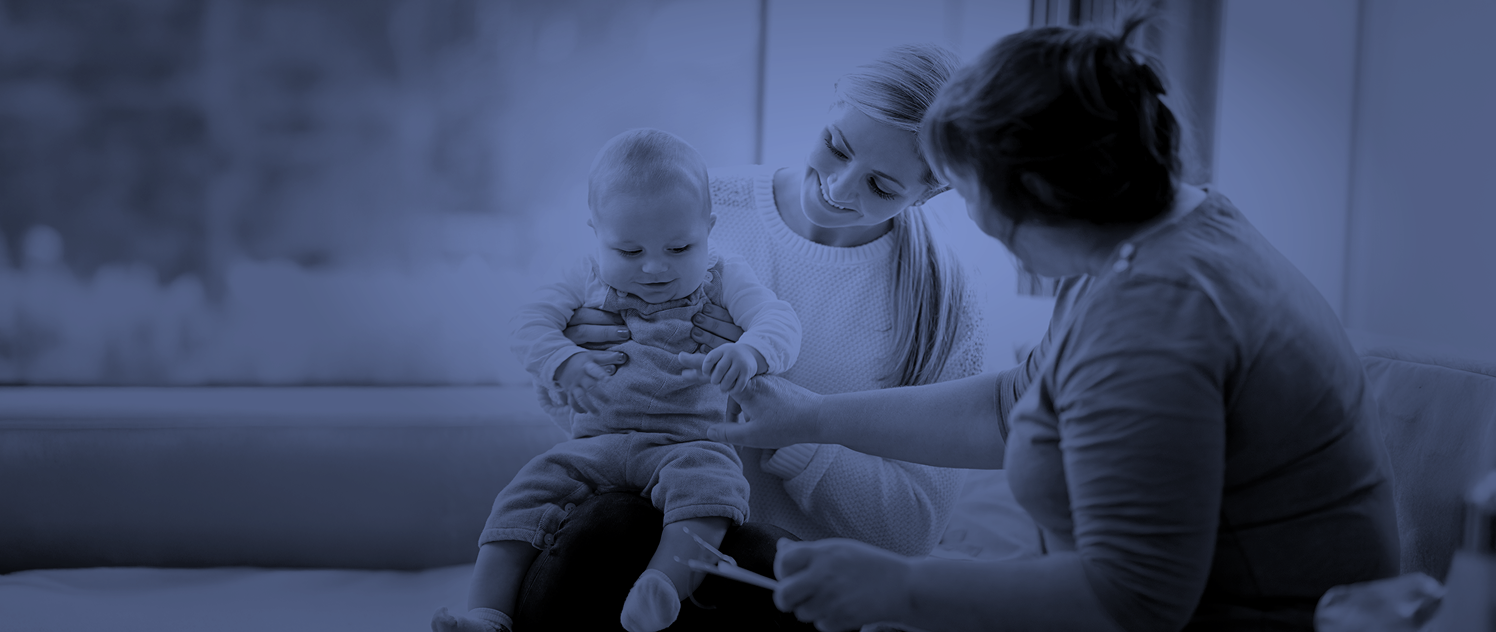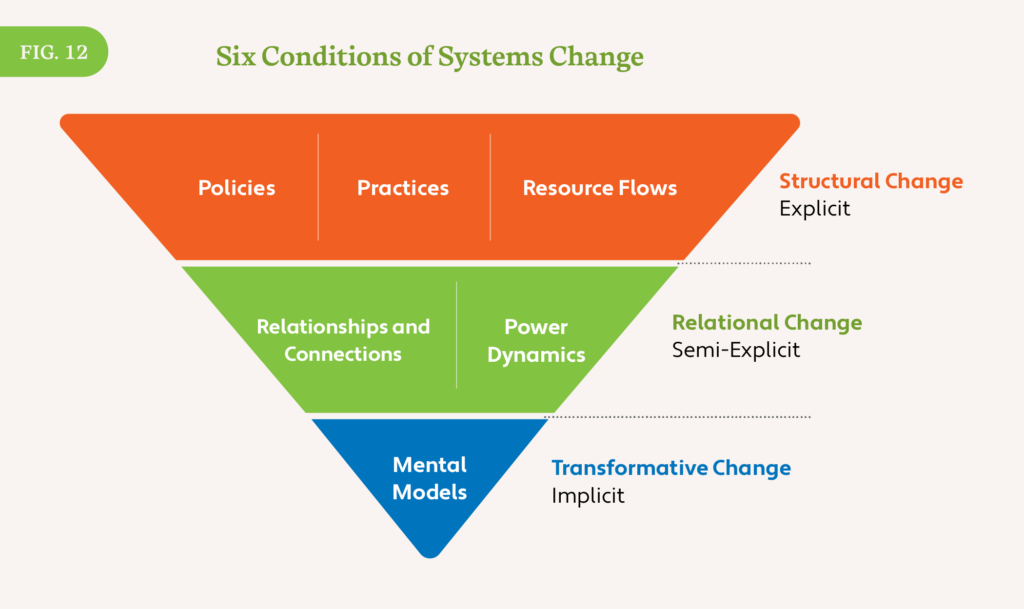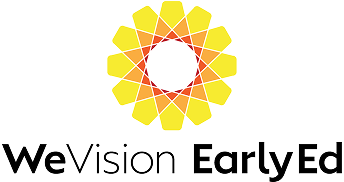
5
It is Possible:
Making The Ideal Real
We’ve gathered insights from educators, administrators, and families, asking ourselves: What’s stopping us from creating the ideal system?
shifting our mindsets to shift the system
Changing our child care system will require two things of us:
1. Shifting outdated mindsets that have held this persistent problem in place
2. Demonstrating that the ideal is possible right now
After reflecting on our decade of investments in early learning and listening to our partners—from Florida to Ohio to D.C.—we’ve gained valuable insights. We’ve deepened our understanding of how systems evolve over time and the history behind our current child care system. Our conclusion: Outdated mindsets are holding the system in place. We’re stuck in a system where invisible, outdated mental models don’t align with today’s realities for families and practitioners. It’s time to rethink the entire system: what child care is, who it serves, who should pay, how we define quality, and how decisions are made. WeVision EarlyEd’s role is to provide the spaces, tools, and time necessary for these mindset-shifting conversations and rethinking to happen.
Why Deal with Mindsets?
The policies and systems we create are derived from our prevalent mindsets. These mindsets reflect our beliefs, biases, values, relationships, and perceptions of power. In our urgency to make change, we often do not have the time or resources to take a hard look at our mindsets. We focus on the surface level of change by tweaking policies and funding streams. Surface-level changes can happen quickly and are more concrete. They can improve conditions for some but will not shift or transform a system. For that, we must dive deeper.

What Core Shifts Should We Advance?
What does this “WeVision-ed” future look like in reality?
We must invest early in trusted caregivers, educators, and programs that support child development and learning.
